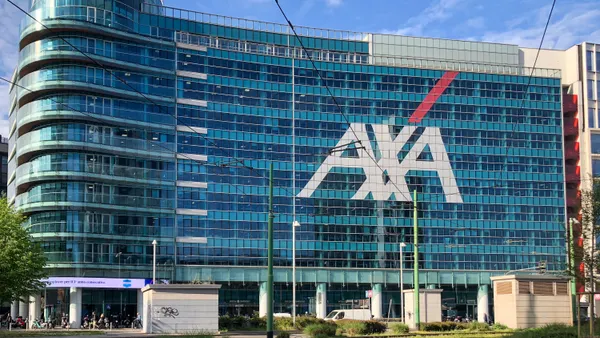Dive Brief:
- Disruption dogged businesses as digital leaders overtook or created entirely new markets. Spurred by competition, more companies are going to task IT with establishing a larger role and building technology initiatives based on customer demands, according to Forrester, in its 2019 Future of IT report.
- Next-generation IT requires a new type of executive to take charge. As business leaders become more fluent in technology, Forrester projects executives will no longer tie the value of IT to financials. IT will also require more flexible funding, Forrester said, with more frequent budget cycles and quarterly reviews (at minimum), with adjustments based on need.
- As part of the transformation, chief information officers will morph into disruptors and visionaries. Of current CIOs, no more than one in five are expected to meet the role's emerging demands, Forrester said. Part of the leadership transition will include a centralization of power around the CIO, no longer "parsing out responsibility" to CTOs and CDOs.
Dive Insight:
Modern edict dictates every company is a tech company. Right?
Disruption has pushed businesses to become more technologically savvy. C-suites are more in tune with technology trends, tasking technology leaders to morph IT into a profit center with customer requests at the heart of innovation.
Those left behind are doomed, or at least that's what industry would have stakeholders believe.
The reality is more complex. Unlike consumer technology, business technology is more risk averse and slow to change. Consumers crave the latest and greatest, but businesses have to make measured investments, doing risk analysis on what will work over the course of a three, five, seven year commitment.
"The vast majority of computing and data in the world is still, from a corporate standpoint, largely in on-premises environments," said Box CEO Aaron Levie, in an interview with CIO Dive. "We are still in the steady march of more information, more software, more systems moving to the cloud and moving to this more services-based model."
"We're still in the early innings of what the future of the enterprise looks like," he said. Businesses are undergoing basic transitions to the cloud, and the steady march toward the services-based model will remain the theme for the next five years.
The relatively slow pace of change makes sense. Only in the past two to three years have companies been willing to move mission-critical operations and services to the cloud, Levie said.
The biggest shift, however, comes from back office systems where companies are engaging with dozens of technology vendors, rather than the handful of big tech companies like Oracle and Microsoft that were previously the hallmark of technology operations.














